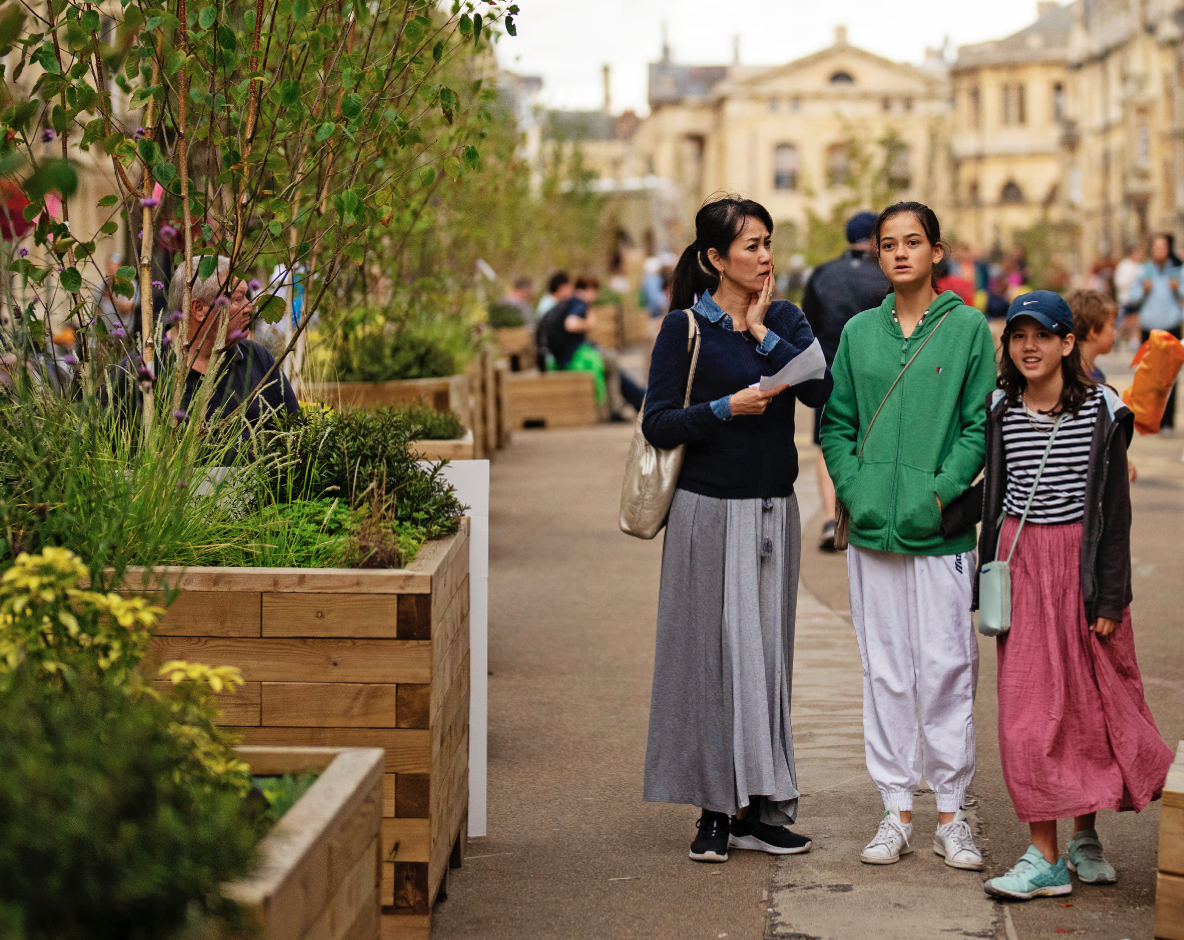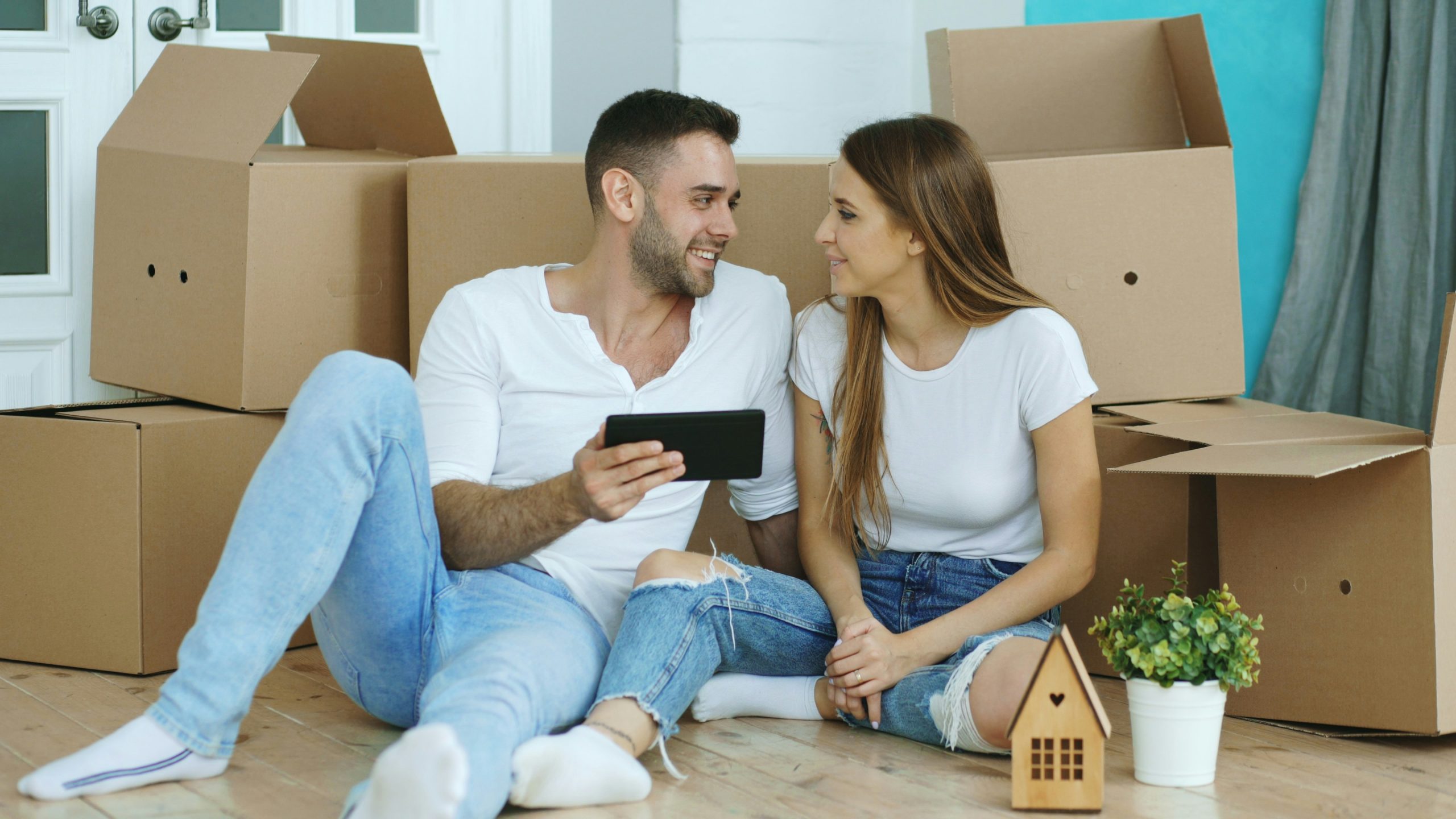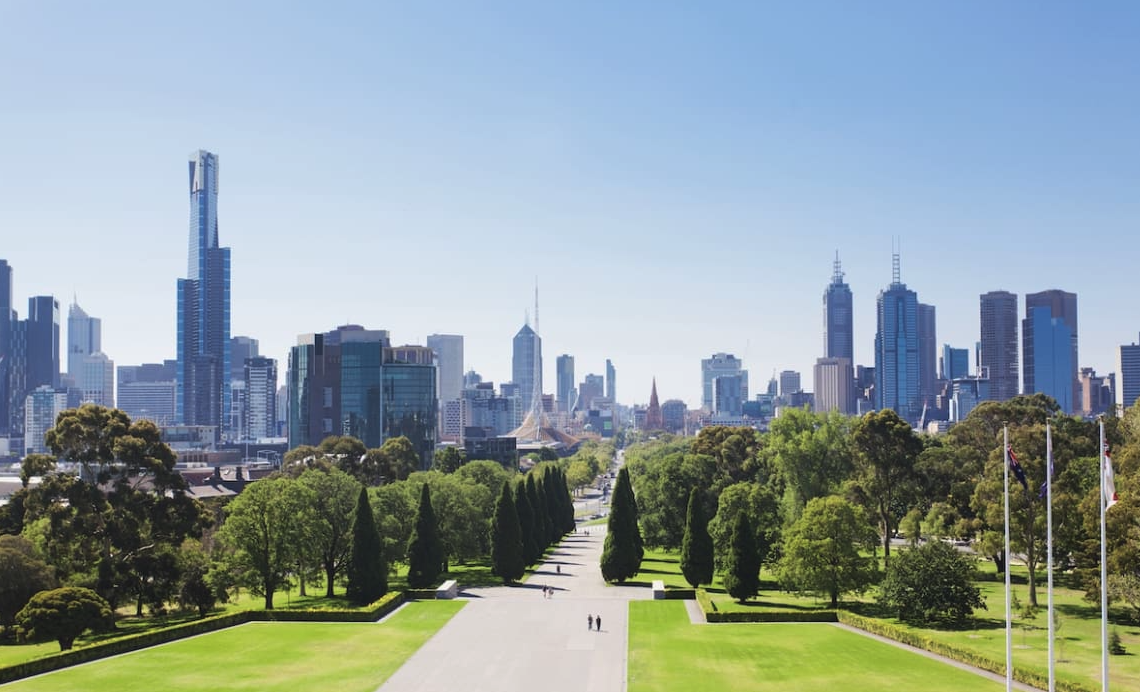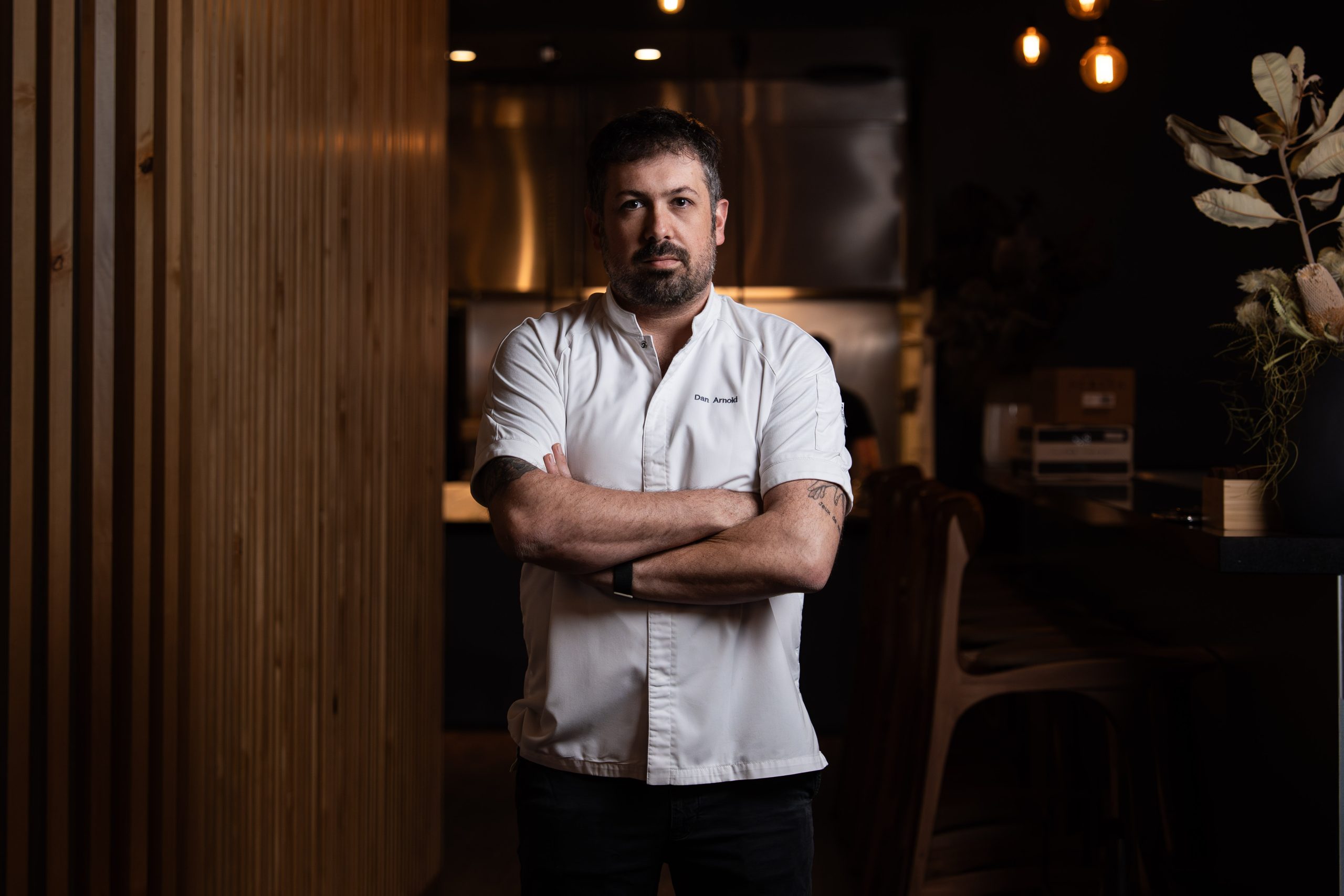A Vision for Sustainable Cities And The Need for Change
They are where most of us reside but our cities will have to get greener to meet future needs
It’s remarkable how quickly notions of sustainability have gone mainstream in a few short years. From the rapid uptake of renewable power sources to the growth of the circular economy, there’s now a widespread acceptance that the earth’s resources are finite and will require more sophisticated management strategies if we wish to continue to enjoy a high quality of life.
For our built environment, sustainability in Australia has begun to move beyond the actions of individual motivated homeowners to discussions about how entire cities can and should perform to better support not just the people who live there but the entire ecosystem.
Earlier this year, Adrian McGregor, co-founder of globally recognised multi-disciplinary landscape architecture firm McGregor Coxall, released a new book, Biourbanism, a magnum opus dedicated to creating better cities for a sustainable future. McGregor says the problems we’re having now are of our own making.
“The environmental crisis is a design crisis,” he says. “We’re making a lot of poor decisions about the design of cities. Fundamentally cities are our creation and we’re not getting them right. In developed countries, there’s no reason why we should be getting these things so badly wrong.”
In his book, he argues that for too long, we have worked on the assumption that cities are somehow separate from the rest of the environment instead of being an integral part of it. Indeed, their impact is felt well beyond city fringes, with 75 percent of greenhouse gas emissions derived from cities. As countries around the world begin to feel the impact of extreme weather events, he says we need to shift to a decarbonised city model as quickly as possible.
“Those that move the fastest will be the most resilient to increasingly extreme weather events,” he says.
Along with planning for office blocks and high and low density residential releases, he says it’s crucial that ‘green’ and ‘blue’ infrastructure (landscape and water) are considered as an inherent element in design.
Shannon Foster is a D’harawal Eora Knowledge Keeper, founder of Bangawarra and lecturer at the School of Architecture at UTS. She says the balance in cities needs to fundamentally shift if they are to be sustainable places to live.
“We don’t like to talk about ‘green corridors’ because there should be ‘grey corridors’ — predominantly green space that humans can move through as well,” she says. “Not that we are going for the ‘I Am Legend’ look, but we are looking for ways we can allow for spaces to thrive.”
She points to water management in urban areas, particularly storm water, which is often considered a problem to be solved.
“It’s all about how to get it off site,” she says. “But water gives us life so how is it a problem?”
In recent years the notion of ‘sponge cities’ has gained traction among urban planners around the world as a way to mitigate flooding. It relies on sufficient green spaces, including floodable parks and wetlands within cities to manage the water onsite. The payoff is to reduce dependence on pipeline infrastructure used to redirect high volumes of water which is costly to repair and maintain.
It’s not a new concept to Indigenous knowledge keepers.
“Everything begins from country,” Foster says. “We overlap beautifully with sustainability because we are looking at country, plants and water Author of Biourbanism Adrian McGregor (above) and Indigenous knowledge keeper Shannon Foster (below).
and air are protected and sustainably managed.”
NSW chapter president, Australian Institute of Architects, Adam Haddow, says while sustainability will look different for each of the thousands of cities around the world, they all need to work harder than they do now.
“We don’t want lazy cities,” Haddow says.
“Sustainability is different for every city because every city has a different measure of what might be sustainable for site.
“Regional Victoria might be different to NSW or the NT in their ability to engage with and capture water or solar or wind. The thing that is consistent across all the cities is the question: how do we make better use of what we have?”
That includes the existing built environment, he says.
“We should consider every building as heritage,” he says. “We have made a lot of mistakes in the history of our cities and it’s about ensuring we don’t make them again by demolishing to rebuild.”
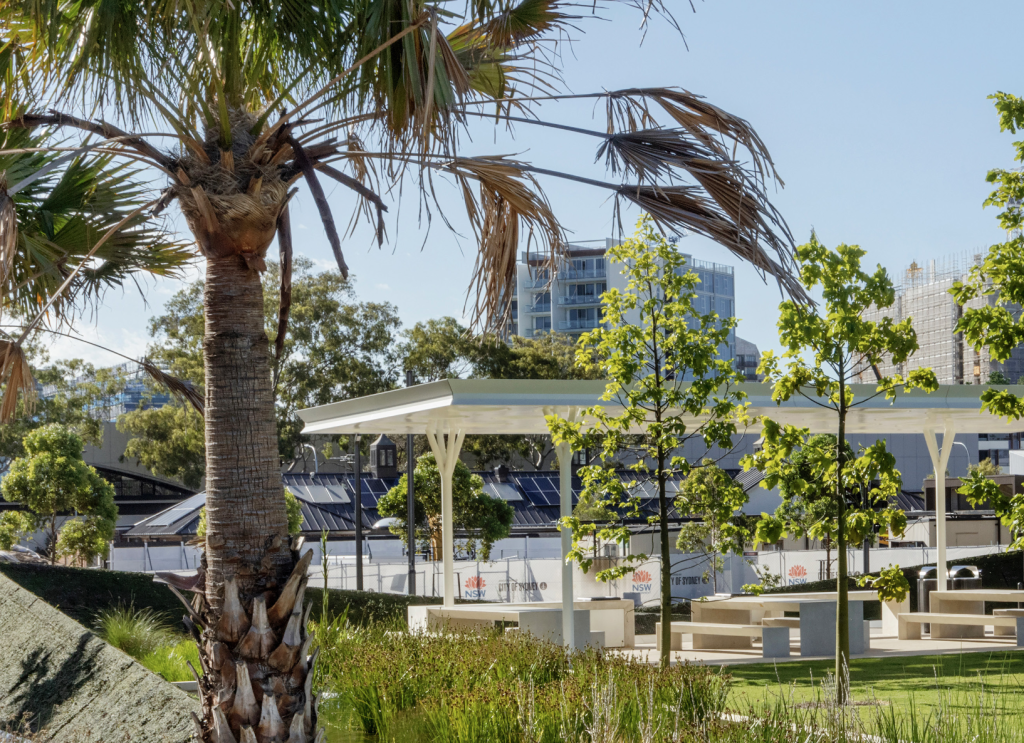
Demolishing and starting again would add to the carbon load and negative environmental impact. Haddow says there’s a better, less invasive way to approach it.
“If you think about it in medical terms, we should be focusing on urban acupuncture rather than urban surgery,” he says.
Haddow is part of a growing movement in planning and architecture circles in support of the 15-minute city, a concept where everything residents need on a daily basis, such as the office, school and shops is within a 15-minute walk or bike ride. Critics says it confines residents to Hunger Games-style districts that embed inequalities rather than eliminating them. Regardless, it relies on a higher density living and working model than currently exists in most Australian cities.
“We are still one of the least dense places in the world, and we have forgotten about the middle type of living environment — lower density projects up to six storeys,” he says.
For Fred Holt at Danish firm 3XN and lead architect on the award-winning Quay Quarter Tower, it’s about diminishing the reliance and role of motor vehicles to move about the city.
“There is always opportunity to go to other parts of the city but the idea of a sustainable city is to limit the dependence on vehicles, especially those that produce pollution,” he says. “So having a connected city is about connected precincts that are self sustaining but also having ease of transportation between various precincts.”
It’s also getting more out of the space you’re in, he says, so that they stay activated for longer.
“In the Quay Quarter Tower and Quay Quarter Laneways precinct, the idea was to create an 18-hour precinct where you could play and work within the same proximity or neighbourhood as a sustainable model for urban planning.”
His colleague, architect Dan Cruddace, led the Quay Quarter Tower project for the Australian firm, BVN. Now at 3XN, he says there’s one city he thinks of as a good model for sustainable living.
“When I was in Copenhagen, everyone cycles there, from the children to people in their 90s,” he says. “It’s a way of life. The air is clean, the streets are safe, the infrastructure is in place.
“Everything is set up correctly.”
For McGregor, there are cities around the world that have elements of sustainable living about them that we could learn from.
“I love London because of how hard it has worked over the past 20 years to enhance walkability and to increase pedestrian space which underpins that tremendous public transport system,” he says. “Singapore is really progressive in terms of urban greening. Even cities like Hong Kong are really interesting for their walkability and their density and the way they manage vertical urban activity.”
Inevitably, the commitment to sustainable cities comes down to cost. That, says McGregor, depends on where value is placed.
“Economics is the lever behind all change, it has to be,” he says.
“What sits behind all of it is giving natural capital value. When I met David Suzuki years ago, he said modern economics doesn’t give a value to natural capital. You can use your resources for free — it will cost you nothing.
“Until that is given a value in any manufacturing process or construction process, then the model is completely flawed.”
Ultimately, cities are habitat for humans, which is where their success or failure rests, says Holt.
“There is a movement towards understanding that we have a finite amount of resources and the most sustainable building or city is the one that already exists,” he says. “It’s important to not only look at a sustainable city as one focused on reducing carbon but places that are sustainable socially.
“The most sustainable place is one where people want to be and they want to be there for a long period of time, over generations.”
The future is already here.
Pure Amazon has begun journeys deep into Peru’s Pacaya-Samiria National Reserve, combining contemporary design, Indigenous craftsmanship and intimate wildlife encounters in one of the richest ecosystems on Earth.
Australia’s housing market defies forecasts as prices surge past pandemic-era benchmarks.
First-home incentives can still form part of a long-term investment plan if used strategically.
Australia’s home prices continue to grow, and while that makes them great investments, they are also some of the most unaffordable in the world.
That’s why first-home buyer schemes such as the First Home Owner Grant, the First Home Guarantee, and stamp duty concessions have become so valuable.
These programs are designed to reduce upfront costs and fast-track people into homeownership.
But the question many aspiring investors are now asking is can these schemes be used as part of an investment strategy? These government initiatives aren’t designed for investors, but they can still play a key role in your long-term investment journey if used strategically.
What the schemes actually allow
Every first-home buyer incentive in Australia is created to support owner-occupiers, not investors.
Whether it’s a cash grant, reduced deposit requirement, or a stamp duty discount, the catch is always the same in that you must live in the property for a set period of time. For example, the First Home Owner Grant often requires you to live in the property for at least six to twelve months, depending on the state.
The First Home Guarantee allows you to purchase with just a 5 per cent deposit without paying lenders’ mortgage insurance, but again, you’re required to live in the property for at least one year.
Likewise, state-based stamp duty concessions are only available for properties intended as a principal place of residence. If your intention from the outset is to buy a property solely for rental income, you won’t be eligible. However, if you’re open to living in the property initially, then transitioning it into an investment, there’s a path forward.
A strategy that works
Rentvesting has emerged as one of the most practical ways for first-time buyers to take advantage of these schemes while also laying the groundwork for a property portfolio.
The concept is simply, buying a property in an area you can afford (using the first-home buyer schemes to assist), live in it for the minimum required period, and then rent it out after fulfilling the occupancy condition.
This approach lets you legally access the benefits of first-home buyer schemes while building equity and entering the market sooner. Instead of waiting years to save a full 20 per cent deposit for an investment property, or getting priced out altogether, you get your foot in the door with reduced upfront costs.
Once you’ve satisfied the live-in requirement, the property can become an income-generating asset and even serve as collateral for your next purchase.
What to look for in a rentvestment property
If you plan to eventually convert the property into an investment, you need to think beyond your short-term living experience. It’s essential to buy a property that performs well both as a home and as a long-term asset.
That means looking at key fundamentals like location, rental demand, and growth potential. Suburbs with strong infrastructure, access to employment hubs, good transport links, and low vacancy rates should be high on your list.
A balanced price-to-rent ratio will help ensure manageable holding costs once the property transitions to an investment.
Established low-density areas often outperform high-rise apartment developments that flood the market with supply and limit capital growth. And ideally, your property should offer scope for future improvements, whether that’s a cosmetic renovation, granny flat addition, or potential to subdivide down the track.
Mistakes to avoid
There are a few common missteps that can undermine this strategy. The first is selling too soon. Some grants and stamp duty concessions include clawback provisions if you offload the property within a short period, which could see you lose the benefits or even owe money back.
It’s also a mistake to let the lure of a government handout sway your purchasing decision. A $10,000 grant doesn’t justify compromising on location, growth prospects, or property fundamentals.
Another pitfall is failing to consider the financial impact once the property becomes an investment. Repayments, tax treatment, and outgoings may change, so it’s important to stress-test your position from day one.
Lastly, beware of buying into oversupplied areas simply because they’re marketed to first-home buyers. Not all new builds are good investments. If hundreds of identical properties are being built nearby, your long-term growth could be seriously limited.
With the right approach, your first home can be the foundation for an entire property portfolio. It starts with using available government support to lower your entry cost.
From there, you occupy the property for the required time, convert it to an investment, and leverage the equity and rental income to fund your next purchase.
Many of the most successful investors today began with a single, strategically chosen property purchased using these exact schemes. By buying well, you can turn your first home into the launchpad for long-term wealth.
Abdullah Nouh is the Founder of Mecca Property Group (MPG), a buyers’ advisory firm specialising in investment opportunities in residential and commercial real estate. In recent years, his team has acquired over $300 million worth of assets for 250+ clients across Australia.
Australia’s market is on the move again, and not always where you’d expect. We’ve found the surprise suburbs where prices are climbing fastest.
On October 2, acclaimed chef Dan Arnold will host an exclusive evening, unveiling a Michelin-inspired menu in a rare masterclass of food, storytelling and flavour.









